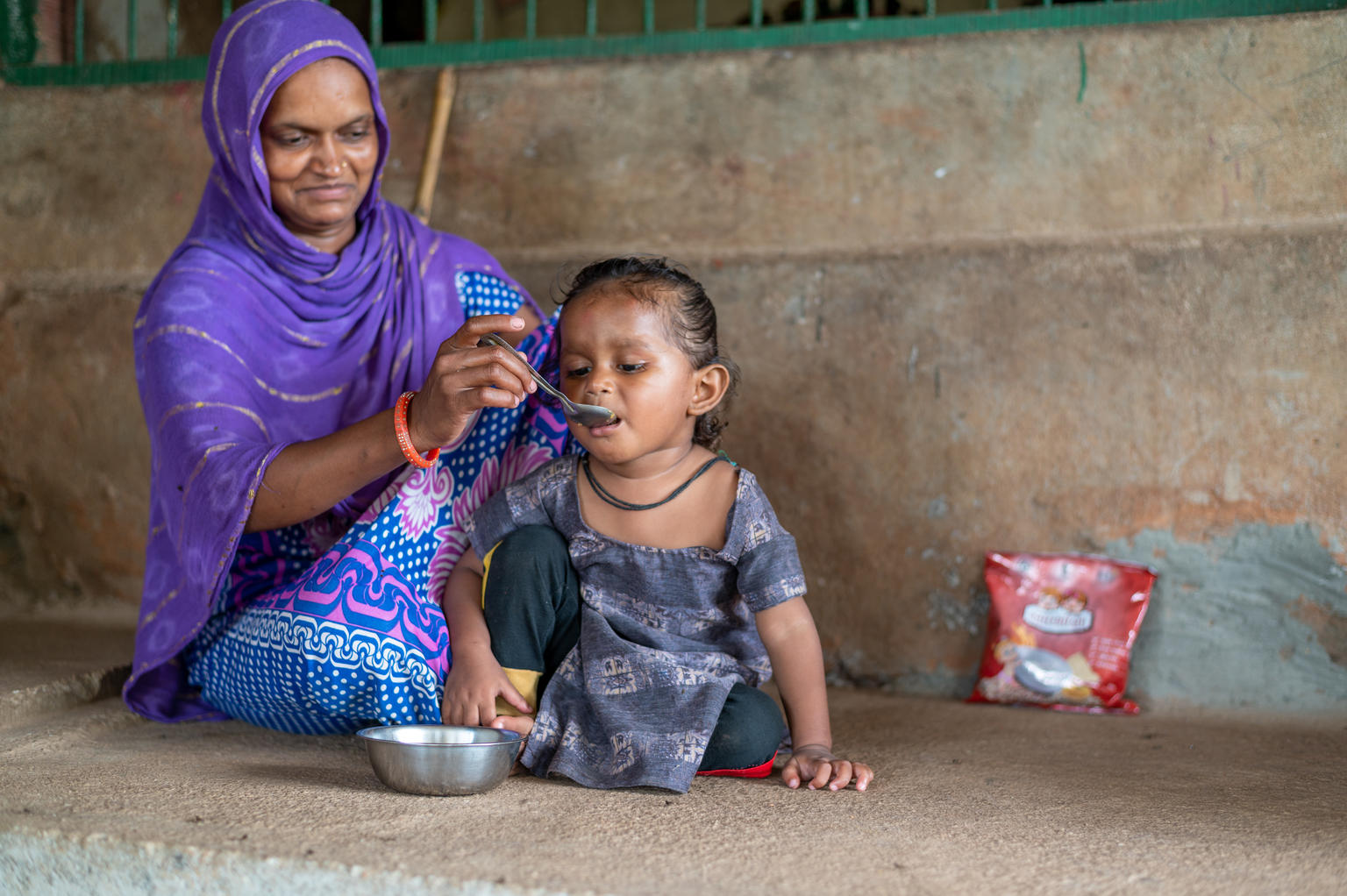Assessing impact of the COVID-19 pandemic on the socio-economic situation of vulnerable populations through community-based monitoring

The COVID 19 pandemic continues to pose enormous challenges for humanity. The social and economic costs of pandemic containment and saving lives has been significant all across the globe. The vulnerabilities of marginalised families is exacerbated, pushing them further into poverty and deprivation, in a multidimensional way. As a joint UN strategy to address the evolving challenges, UNICEF undertook Community Based Monitoring (CBM) of the situation, partnering with thirteen Civil Society Organizations and their local network of three hundred community volunteers across India.
The cohort based longitudinal CBM study was conducted in 12 districts of seven states where UNICEF is operational. The real time results provided critical evidence in the effort for addressing this humanitarian crisis. Given the challenges of data paucity and collection in the existing data-ecosystem, results from CBM were important in planning effective interventions and in developing appropriate communications to address risks of the pandemic. Across the four rounds of the monitoring, the CBM covered several key themes and generated evidence for programming towards protecting the rights of children, young people and women.
This report presents the findings from the four rounds of data collection, starting from June to December 2020. There are some interesting time-trends indicating an evolving situation and gradual recovery. At a time when we are still battling the pandemic with its waning second wave, the findings can be used as a ‘snap-shot’ of the impact of the pandemic on multiple dimensions of the lives of the most vulnerable, across the country.
The study shows that COVID vaccine awareness is high amongst the marginalised families, even though the reach was low in many rural areas. Also, vaccine hesitancy was observed, with about 40 per cent of respondents, especially among the illiterate or those with low education levels. Families headed by a female, those with no fixed source of income, and home returnees are found to be more vulnerable, and possess lower levels of awareness on social protection schemes and services by the Government.


